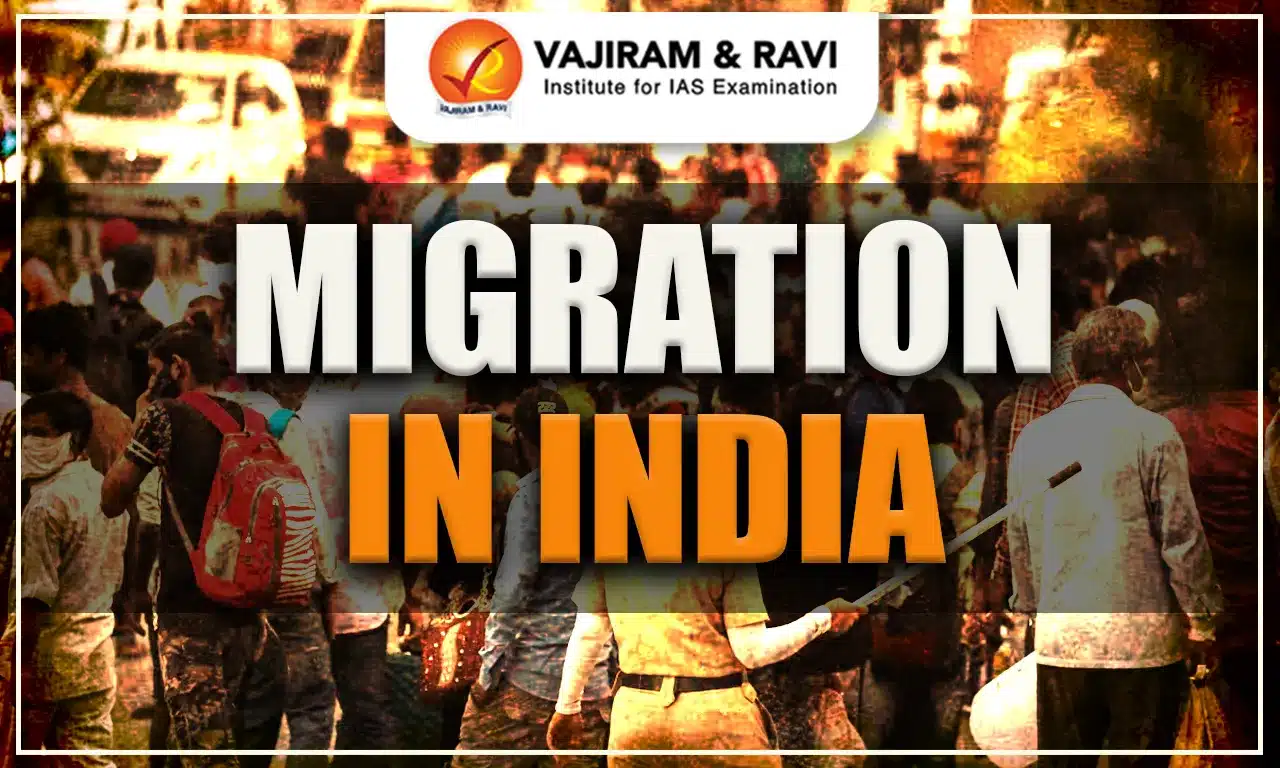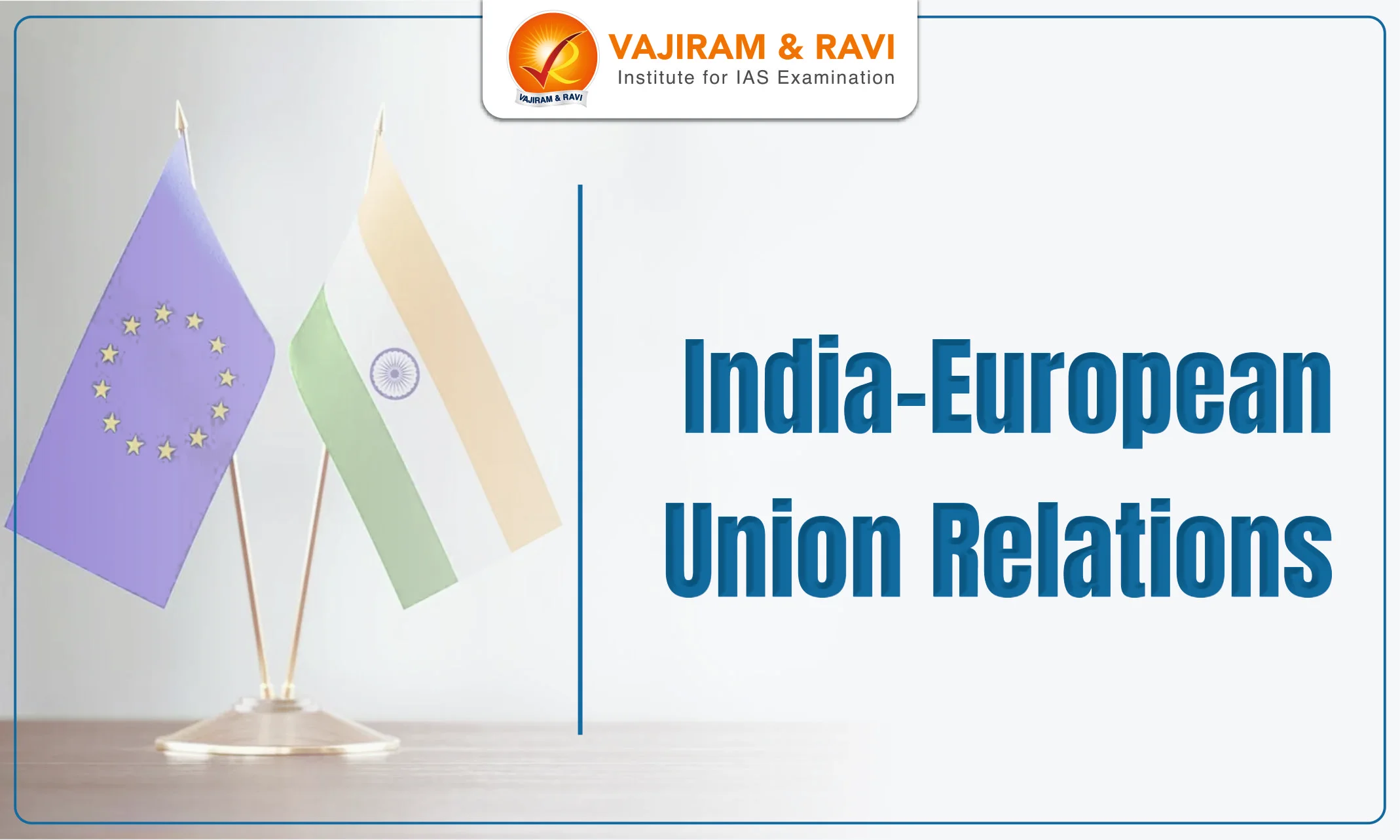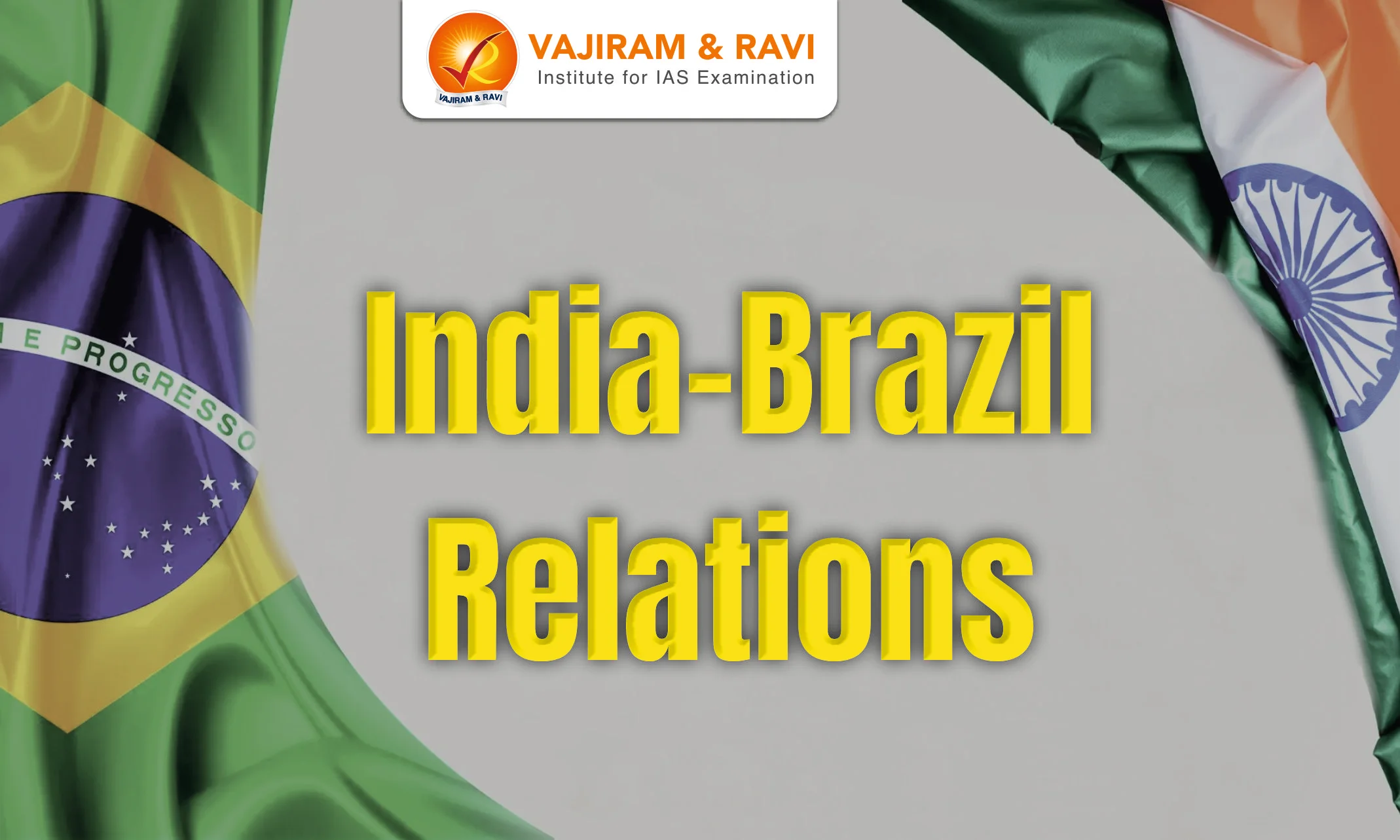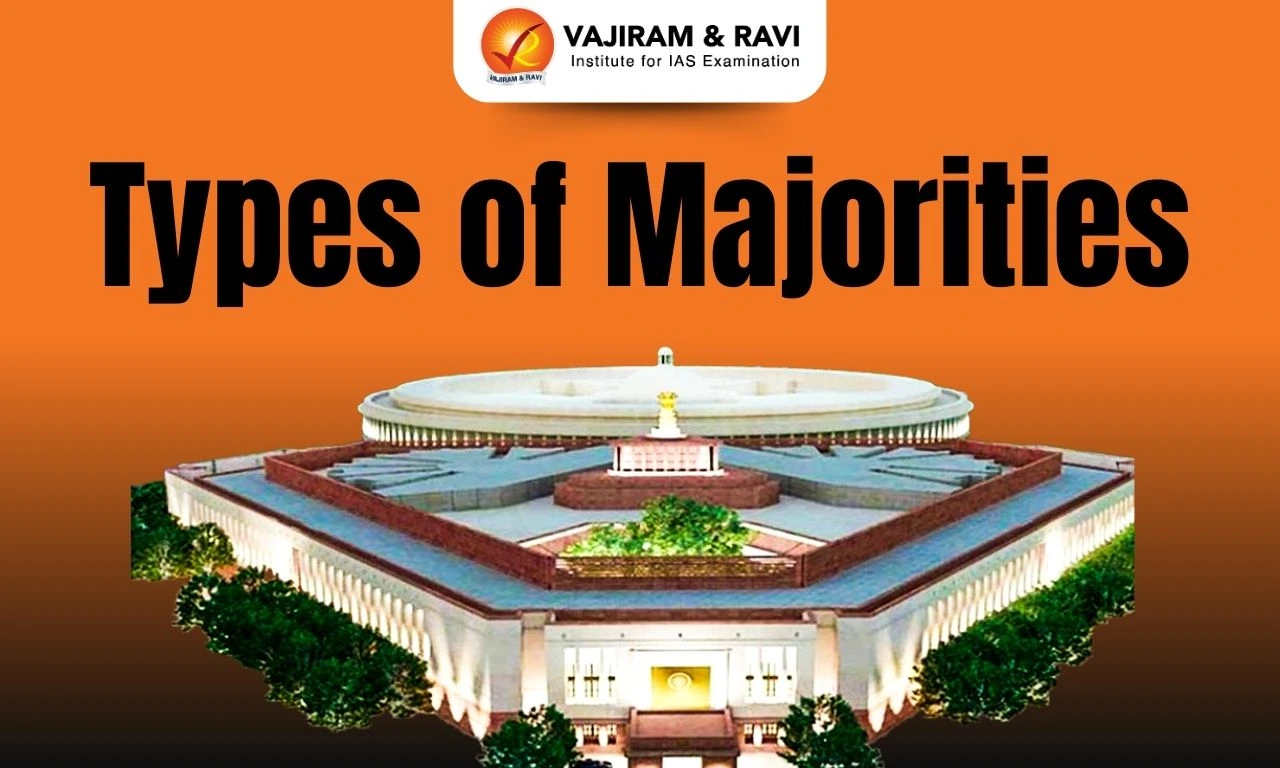What is migration?
Migration is the movement of people away from their usual place of residence, either internal (within the country) or international (across countries) borders.
- One important facet of the study on population is the migration arising out of various social, economic, or political reasons.
- For a large country like India, the study of the movement of the population in different parts of the country helps in understanding the dynamics of the society better.
What are the various forms and patterns of Migration?
People may move within a country between different states or between different districts of the same state, or they may move between different countries.
- Internal migration refers to migration from one place to another within a country, while external migration or international migration refers to migration from one country to another. Internal migrant flows can be classified based on origin and destination. There is rural-urban migration, also there is intra-state and inter-state migration.
- Forced migration refers to migration that is not chosen by the individual or family but is forced upon them by factors such as war, persecution, or natural disasters. Voluntary migration refers to migration that is chosen by the individual or family, driven by factors such as better economic opportunities or a desire for a better life.
- Temporary migration refers to migration that is intended to be of short duration, such as seasonal or temporary work. Permanent migration refers to migration that is intended to be of long duration, intending to settle permanently in a new place.
- Reverse migration refers to the migration of individuals or families who have previously migrated, back to their country of origin or their original place of residence.
What are the reasons for Migration?
The important factors which cause migration or which motivate people to move may broadly be classified into four categories: economic factors, demographic factors, socio-cultural factors, and political factors.
Economic Factors:
In most developing countries, low agricultural income, agricultural unemployment and underemployment are the major factors pushing the migrants towards areas with greater job opportunities.
- Push factors: Adverse economic conditions caused by poverty, low productivity, unemployment, and exhaustion of natural resources.
- Pull factors: Pull factors refer to those factors which attract the migrants to an area, such as opportunities for better employment, higher wages, better working conditions and better amenities of life, etc.
- Push-back factors: The urban labor force is sizable, and the urban unemployment rates are high, and there also exist pools of underemployed persons. All these factors act in combination as deterrents to the fresh flow of migration from rural to urban areas.
Socio-cultural Factors:
Migration can also be driven by social factors such as marriage, family reunification, or the desire to be closer to one's community or social network.
- Marriage: Marriage is the main reason for migration among women in India.
- Caste: Caste-based discrimination and marginalization, and violence against certain groups can also lead to migration.
- Religion: Religious persecution or discrimination can also cause individuals to migrate.
- Cultural factors: Migration can also be driven by cultural factors such as the desire to preserve one's cultural identity or to be closer to one's cultural community.
Political factors:
Migration can also be driven by political factors such as persecution, war, or political instability.
- Political instability: Conflicts, war, or other forms of political instability can force individuals to migrate in search of safety and security.
- Persecution: Migration can also be driven by persecution or discrimination based on factors such as religion, ethnicity, or political views.
- Separatist movements: Migration can also be driven by separatist movements or ethnic conflicts, where individuals or groups may feel compelled to leave their homes to escape violence or persecution.
- Government policies and administrative actions: Government policies and administrative actions that lead to displacement or loss of livelihoods can affect migration.
- For instance, in our country, the adoption of the jobs for ‘sons of the soil policy’ by the State governments will certainly affect migration from other states.
Environmental factors:
- Natural disasters: Droughts, floods, landslides, and other natural disasters can displace individuals and force them to migrate for food, water, and shelter.
- Climate change: Rising sea levels, increased frequency and severity of extreme weather events, and other impacts of climate change can lead to the loss of homes and livelihoods, forcing people to migrate.
- Deforestation and land degradation: Deforestation and land degradation can lead to the loss of livelihoods, particularly for those dependent on agriculture, forestry, and pastoralism, forcing them to migrate.
- Water scarcity: Shortages of water due to climate change, overuse, and pollution, can lead to loss of livelihoods and force people to migrate.
- Displacement by development projects: Large-scale development projects such as dams, mines, and industrial projects can displace people from their homes and force them to migrate.
What does the Census say about the migration trends in India?
The latest government data on migration comes from the 2011 Census.
- India had 45.6 crore migrants in 2011 (38% of the population).
- Between 2001 and 2011, while the population grew by 18%, the number of migrants increased by 45%.
- 99% of total migration was internal, and immigrants (international migrants) comprised 1%.
- There were 21 crore rural-rural migrants, which formed 54% of classifiable internal migration.
- Intra-state movement accounted for almost 88% of all internal migration.
- Uttar Pradesh and Bihar were the largest sources of inter-state migrants, while Maharashtra and Delhi were the largest receiver states.
- Majority (70%) of intra-state migration was due to reasons of marriage and family.
What are the outcomes of migration?
Migration in India can have a variety of consequences, both positive and negative, depending on the context and the specific characteristics of the migration.
Economic Consequences:
A major benefit for the source region is the remittance sent by migrants.
- Remittances from international migrants are one of the major sources of foreign exchange.
- Availability of labor can increase productivity.
- Also, unregulated migration to the metropolitan cities of India has caused overcrowding and the development of slums.
Demographic Consequences:
Migration leads to the redistribution of the population within a country.
- Age and skill-selective migration from the rural area have adverse effects on the rural demographic structure.
- Out-migration of rural men is also leading to the feminization of agriculture.
Social Consequences:
Migrants act as agents of social change. The new ideas related to new technologies, family planning, girls’ education, etc., get diffused from urban to rural areas through them.
- Migration leads to intermixing of people from diverse cultures and leads to the evolution of a composite culture.
- But it also has serious negative consequences like a sense of dejection among the migrants.
Environmental Consequences:
The environmental consequences of migration in India can be significant and varied.
- Migration can lead to the loss of biodiversity and Deforestation as people clear land for agriculture, overuse natural resources, and introduce new invasive species.
- Migration can increase water scarcity as people overuse water resources and pollute water sources.
What are the challenges faced by migrants, especially migrant workers?
People migrating for work face key challenges including
- Lack of social security and health benefits and poor implementation of minimum safety standards law.
- Lack of portability of state-provided benefits, especially food provided through the public distribution system (PDS).
- Lack of access to affordable housing and basic amenities in urban areas.
- Effect of COVID-19- Concerns faced by such migrant workers relate to food, shelter, healthcare, fear of getting infected or spreading the infection, loss of wages, concerns about the family, anxiety, and fear.
What are the various measures taken by the government for the welfare of the migrants?
The Indian government has implemented various measures to address the welfare of migrants in the country. Some key measures include
- Code on Social Security: The code provides certain benefits for inter-state migrant workers such as Insurance and provident fund.
- One Nation-One Ration Card: It has given households benefiting from the Public Distribution System (PDS) more choice and flexibility to choose which Fair Price Shop (FPS) they can get their rations from.
- Draft National Policy on Migrant Workers by NITI Aayog: NITI Aayog’s draft national migrant policy takes a rights-based approach and discusses the importance of collective action to help migrants bargain for better conditions.
- Remote voting: The Election Commission plans to pilot a Multi-Constituency Remote Electronic Voting Machine (RVM) to facilitate the participation of domestic migrants from their remote locations for voting for their home constituencies.
- Relief measures during the COVID-19
- E-SHRAM Portal for creating a database of migrant workers.
- Distribution of food under Pradhan Mantri Garib Kalyan Ann Yojna.
- Affordable rental housing complexes (ARHCs) scheme aimed at providing housing at an affordable rent to migrants near their workplace.
- Garib Kalyan Rojgar Abhiyan (GKRA) provides employment to returnee migrants affected by the COVID-19 pandemic in 116 selected districts across six states.
Last updated on December, 2025
→ Check out the latest UPSC Syllabus 2026 here.
→ Join Vajiram & Ravi’s Interview Guidance Programme for expert help to crack your final UPSC stage.
→ UPSC Mains Result 2025 is now out.
→ UPSC Notification 2026 is scheduled to be released on January 14, 2026.
→ UPSC Calendar 2026 is released on 15th May, 2025.
→ UPSC Prelims 2026 will be conducted on 24th May, 2026 & UPSC Mains 2026 will be conducted on 21st August 2026.
→ The UPSC Selection Process is of 3 stages-Prelims, Mains and Interview.
→ UPSC Result 2024 is released with latest UPSC Marksheet 2024. Check Now!
→ UPSC Toppers List 2024 is released now. Shakti Dubey is UPSC AIR 1 2024 Topper.
→ Also check Best IAS Coaching in Delhi
Migration in India FAQs
Q1. What is feminisation of agriculture?+
Q2. What are remittances?+
Q3. Who will be considered as an inter-state migrant worker under the Code on Social Security, 2020?+
Tags: migration in india quest

















